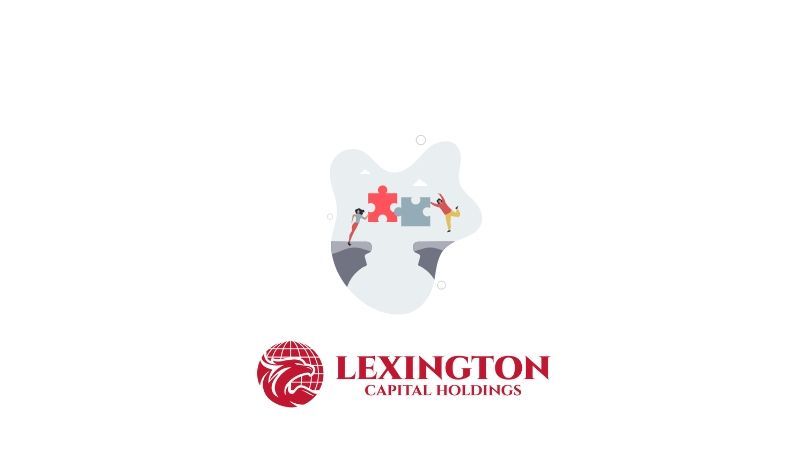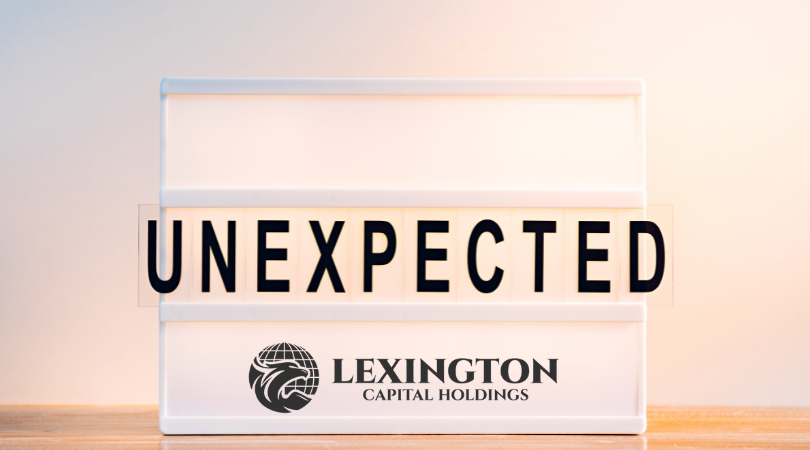Retail Renaissance: Navigating the Ever-Changing Landscape
Retail Renaissance: Navigating the Ever-Changing Landscape
The retail industry is a dynamic landscape that constantly evolves with technological advancements, consumer behaviors, and global economic shifts. Staying informed about the latest news and insights is crucial for businesses to thrive in this competitive environment. In this edition, we delve into key trends and developments shaping the retail sector, providing valuable insights for business owners.
1. Omnichannel Retailing:
The convergence of online and offline retail continues to redefine the shopping experience. With consumers increasingly demanding seamless interactions across multiple channels, retailers are investing in omnichannel strategies to enhance customer engagement and drive sales. Leveraging technologies such as AI and data analytics, businesses can personalize interactions and anticipate customer needs, fostering loyalty and retention.
2. Sustainability and Ethical Practices:
Environmental and social responsibility have become paramount concerns for consumers, driving demand for sustainable and ethically sourced products. Retailers are responding by adopting eco-friendly practices throughout their supply chains, from sourcing raw materials to packaging and distribution. Embracing sustainability not only aligns with consumer values but also presents opportunities for cost savings and brand differentiation.
3. Digital Transformation:
The pandemic accelerated the digital transformation of the retail industry, prompting businesses to embrace e-commerce, contactless payments, and virtual experiences. As the lines between physical and digital retail blur, companies are investing in innovative technologies such as augmented reality (AR) and virtual reality (VR) to create immersive shopping experiences and drive online sales. Additionally, the rise of social commerce is transforming social media platforms into powerful sales channels, enabling retailers to engage directly with customers and drive conversions.
4. Supply Chain Resilience:
Disruptions caused by the pandemic highlighted the importance of supply chain resilience in the retail industry. From supply shortages to shipping delays, businesses faced unprecedented challenges that underscored the need for agility and contingency planning. Moving forward, retailers are reevaluating their supply chain strategies, diversifying sourcing locations, and leveraging digital tools to optimize inventory management and mitigate risks.
5. Data-driven Insights:
In an era of big data, harnessing actionable insights is essential for driving informed decision-making and enhancing operational efficiency. Retailers are leveraging advanced analytics tools to gain deeper insights into consumer preferences, market trends, and competitor strategies. By harnessing the power of data, businesses can optimize pricing strategies, personalize marketing campaigns, and improve inventory management, ultimately driving profitability and growth.
As the retail industry continues to evolve, businesses must adapt to changing consumer preferences, technological innovations, and market dynamics. By staying informed about the latest trends and insights, retailers can identify opportunities for growth, mitigate risks, and position themselves for long-term success. Embracing omnichannel retailing, sustainability, digital transformation, supply chain resilience, and data-driven insights are key strategies for navigating the ever-changing retail landscape.
With a proactive approach and a commitment to innovation, retailers can thrive in an increasingly competitive marketplace, delivering exceptional value and experiences to their customers.

When you apply for business funding, your application goes through a critical stage—underwriting. This is where lenders evaluate risk and determine whether your business qualifies for financing, and under what terms. Understanding what underwriters look for can help you strengthen your application, avoid delays, and increase your approval odds.

Not every business enjoys a steady stream of income. For many companies—especially those in seasonal industries, contracting, or project-based work—revenue can shift dramatically from month to month. These ups and downs are normal, but they can make managing cash flow, payroll, and operating expenses challenging. At Lexington Capital Holdings, we understand that fluctuating revenue doesn’t mean instability—it just means you need the right financial tools to stay balanced and grow confidently.

The Challenge of Hyper-Growth For many startups, growth isn’t the problem—it’s managing it. Rapid scaling demands capital for hiring, marketing, technology, and operations. But too often, founders find themselves cash-strapped right when they need resources the most. Choosing the right financing strategy can be the difference between sustainable growth and burning out too soon.

When it comes to business financing, the terms you secure are just as important as the funding itself. Lower interest rates, flexible repayment schedules, and higher approval amounts can mean the difference between simply surviving and setting your business up to thrive. The good news? Business owners often have more negotiating power than they realize. At Lexington Capital Holdings, we’ve seen firsthand how preparation and strategy can help secure stronger terms. Here’s how you can do the same:

For many businesses, waiting on customer payments can feel like standing still when you’re ready to move forward. Delayed invoices, extended payment terms, or slow collections create cash flow gaps that make it harder to cover expenses, pay employees, or seize new opportunities. The truth is—even successful, profitable companies face this challenge. The key isn’t avoiding it, but managing it strategically with the right funding solutions

Securing business funding is a milestone—but the real impact comes from how you put that capital to work. Every dollar borrowed should fuel momentum, strengthen operations, and generate measurable returns. Unfortunately, too many businesses stop at “getting approved” and miss the chance to maximize their return on investment (ROI). At Lexington Capital Holdings, we believe funding isn’t just about access to capital—it’s about creating opportunity. Here’s how to ensure your financing delivers the highest ROI:

In today’s fast-paced business environment, standing out from the competition requires more than just great products and services—it takes strategy, timing, and smart financial decisions. One of the most overlooked tools in building and maintaining a competitive advantage is business financing. When leveraged correctly, financing doesn’t just help you “get by”; it can actually position your business to outpace competitors and capture new opportunities.

In business, surprises aren’t a matter of if—they’re a matter of when. Whether it’s a sudden equipment breakdown, an unexpected dip in sales, or a market shift that requires quick adaptation, unforeseen expenses can test even the most successful companies. The difference between thriving and struggling often comes down to how well you’ve prepared.

When most business owners hear the word debt, it sparks feelings of stress or risk. But here’s the truth—debt isn’t always a bad thing. In fact, when managed strategically, debt can become one of the most powerful tools to grow, stabilize, and scale your business. At Lexington Capital Holdings, we work with business owners every day who are navigating this very question: Is taking on debt the right move for me? Let’s break down the difference between “good” and “bad” debt so you can make informed financial decisions.

In today’s business world, financing options are everywhere—but choosing the right path can feel overwhelming. From traditional bank loans to alternative lending solutions, the fine print and fast-changing requirements often leave business owners spending more time deciphering funding terms than actually running their businesses. That’s where the value of a dedicated funding advisor truly shines. At Lexington Capital Holdings, we’ve seen firsthand how personalized guidance can transform the funding experience for business owners of all sizes.

